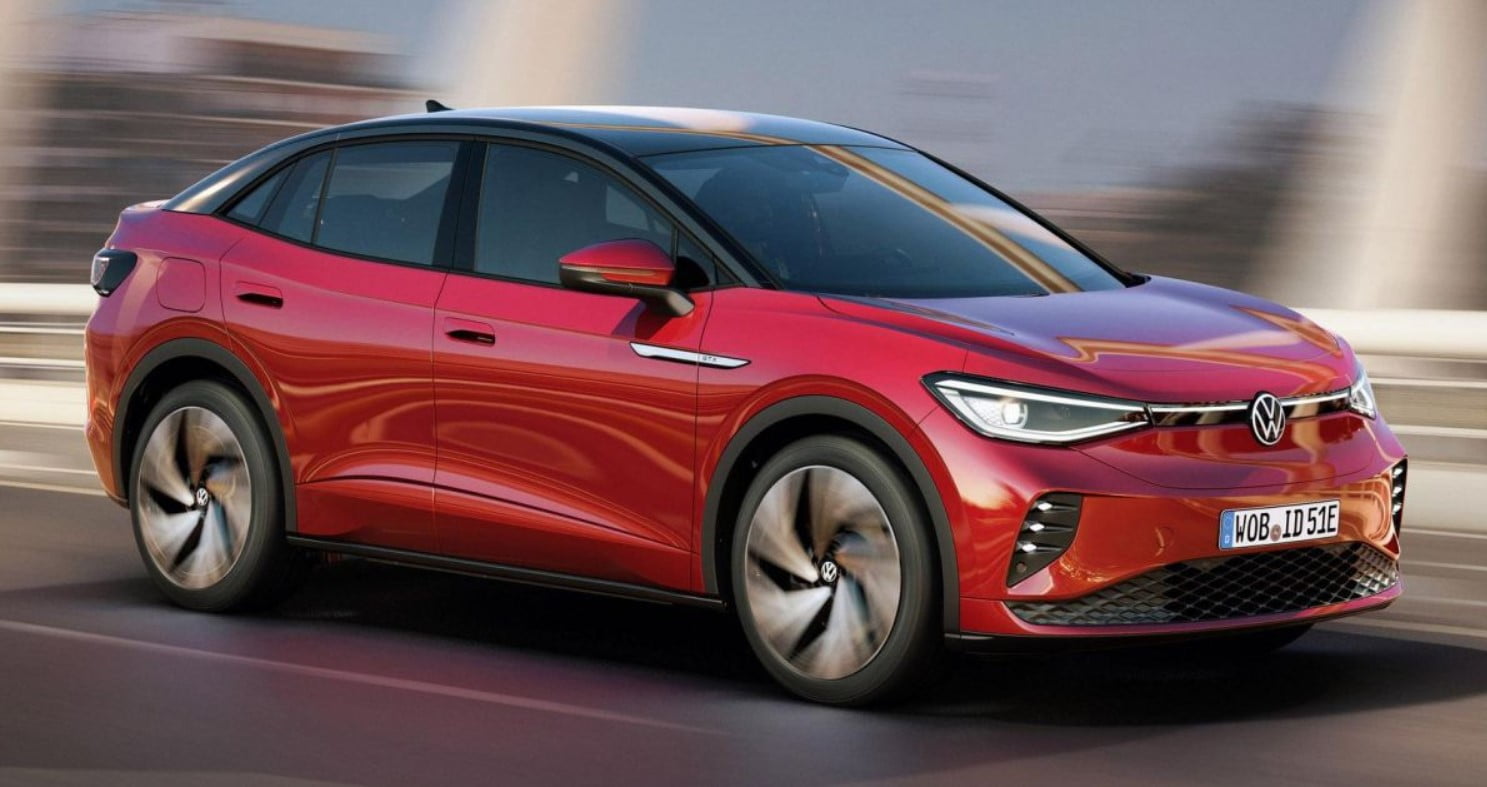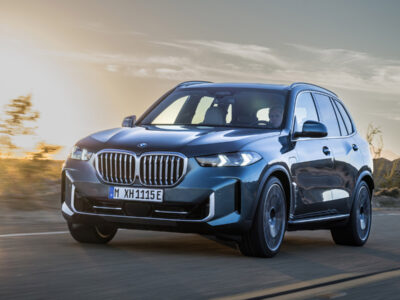
Bloomberg Intelligence, an independent research platform, recently unveiled a comprehensive report shedding light on global trends and the widespread acceptance of electric vehicles (EVs). The report boldly predicts that by the year 2024, Volkswagen AG will outpace the current industry leader, Tesla, with China’s BYD poised to secure the coveted third position.
At its core, the report underscores that established global automakers are gearing up to challenge Tesla’s dominance by ushering in a wave of competitive EV models. Despite concerns about diminishing profit incentives due to rising battery costs and persistent scalability issues, the report notes that Tesla’s valuation and its crown in EV sales remain unchallenged by traditional automakers. The mix of lackluster EV sales by established automakers accentuates the complexity of pursuing ambitious EV goals amid supply chain shortages, escalating costs, and the race to secure sufficient battery supplies.
Analyzing future scenarios, the report projects a global market share for battery electric vehicles of 15% by 2025, a significant leap from the 6.0% recorded in 2021. Furthermore, it anticipates China’s continued dominance, securing its position as the leading region, followed by Europe.
While acknowledging Tesla’s capability to retain its global sales leadership for another year, buoyed by its new EU-based factory in Berlin, the report asserts that Volkswagen is on track to surpass the American giant by 2024, already establishing itself as the leader in the European market. The key determinant for Volkswagen’s success lies in the execution of its strategy to challenge Tesla’s $750 billion market capitalization.
The report scrutinizes the growth trajectory of Tesla in the mid-term, emphasizing its dependence on the success of the “questionable” Cybertruck launch. Conversely, Volkswagen Group is set to introduce an impressive lineup of 16 new models by 2024, including offerings from Audi, Volkswagen, and Porsche. With an ambitious target of achieving a 25% battery electric vehicle mix by 2025-26, equivalent to approximately 2.5 million units annually, Volkswagen is committing a substantial €30 billion investment in the EV supply chain, encompassing the establishment of six new battery plants in Europe.
A cautionary note in the report highlights the challenges faced by traditional automakers seeking to narrow the market valuation gap with Tesla. It suggests that unless these companies consider diverting their electric vehicle assets into separate listings, they may struggle to compete effectively.
Additionally, the report highlights Volkswagen AG’s impending move to launch an initial public offering of the Porsche brand by the year-end, with a declared value of €85 billion. The company envisions achieving a significant BEV sales mix of 30% in 2023 and surpassing 45% in 2025.
Surprising to those less acquainted with the automotive landscape, China’s BYD, supported by Warren Buffett, is anticipated to emerge as the third-largest BEV player in 2022, potentially surpassing one million units annually by 2024, thereby displacing General Motors.
Notably, the report delivers a scathing critique of Mercedes-Benz for its ambitious yet lackluster 4% BEV sales mix in 2021, despite setting a target of achieving a 50% mix by 2025. Ford, on the other hand, receives an honorable mention for the success of the F-150 Lightning, positioning itself to challenge Tesla’s narrative in the electric vehicle domain.
The report concludes by asserting that General Motors and Tesla won’t engage in head-to-head competition in the electric pickup segment until 2023. Additionally, Rivian’s relatively small scale minimizes its threat in the industry. Both Rivian and Lucid are subjected to scrutiny regarding the fundamentals of production and deliveries as markets recalibrate valuations for small-scale automakers grappling with macroeconomic impacts on their supply chains. These companies have had to adjust production and delivery estimates in the early stages due to material shortages, cost escalations, and evolving profit dynamics. This situation unfolds against a backdrop of high inflation and low inventory levels that are influencing consumer demand.







